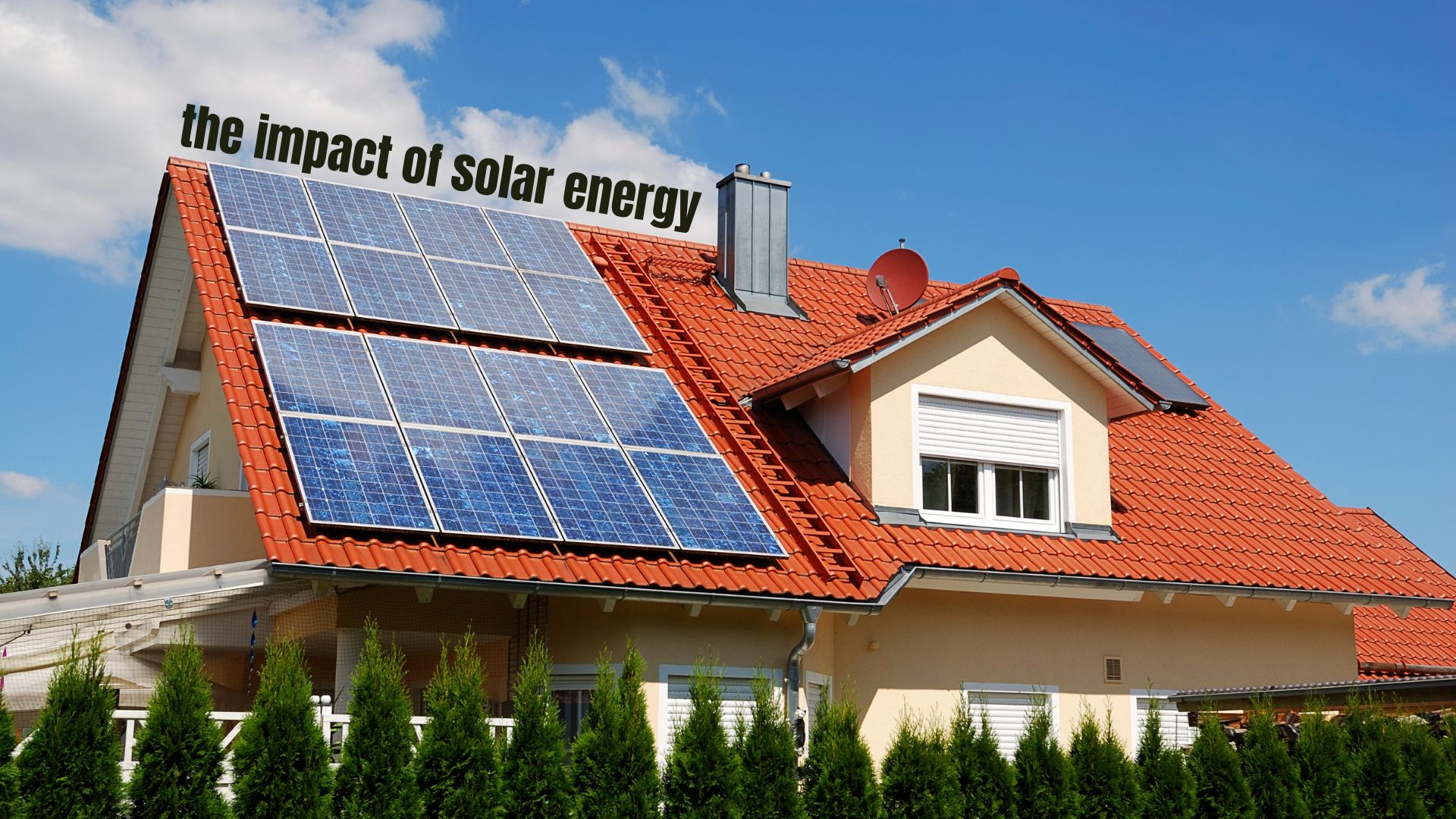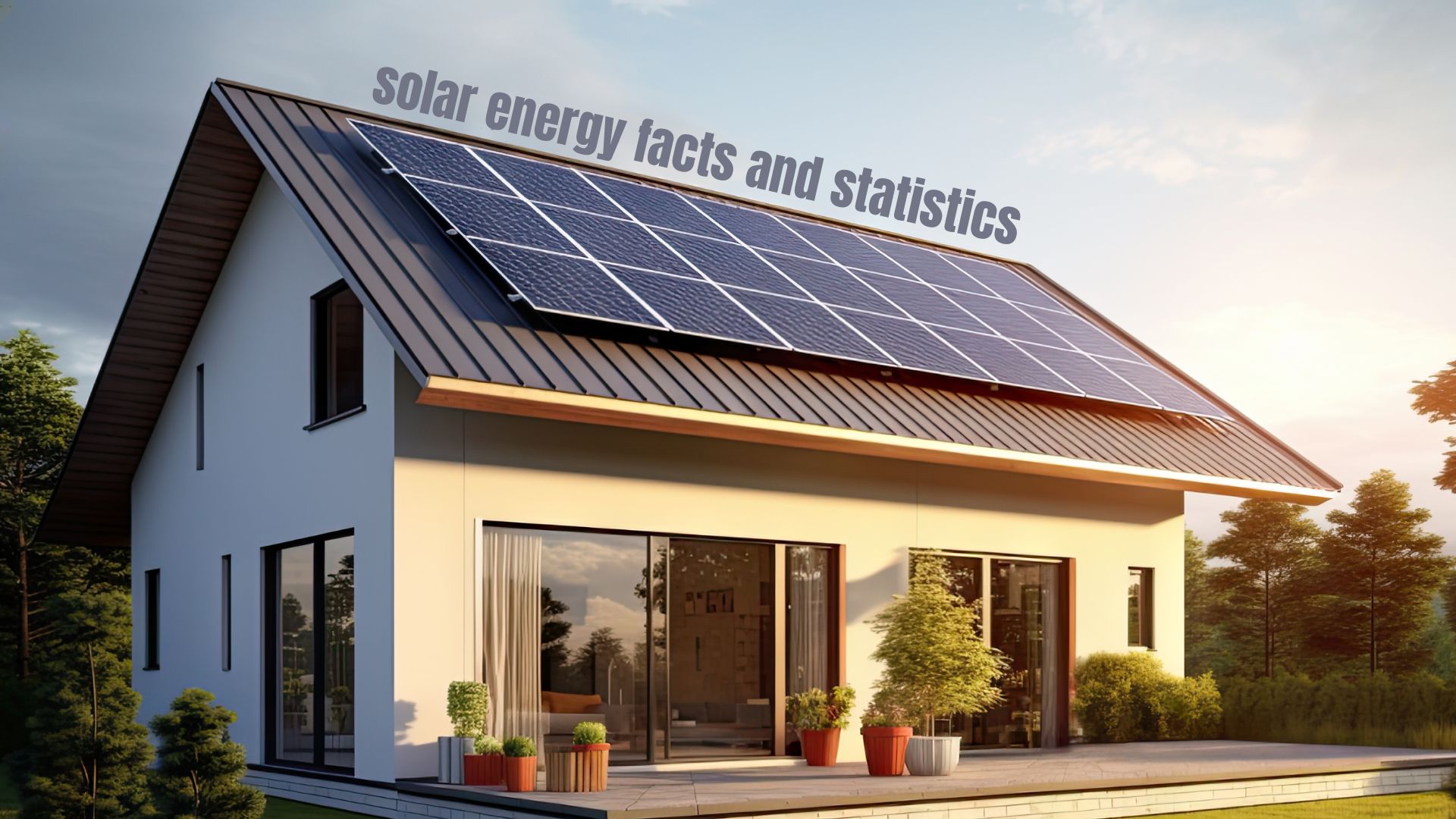Every homeowner dreads the end of the month when they receive the electricity bill, which has sparked many to invest in solar panels. Solar technology has improved, making it a viable option for those struggling to keep up with rising costs. Many homes have started to invest in panels since 2015, but 2023 has eclipsed all the previous years due to high electricity prices and power grid failures.
Brilliant minds like Edmond Becquerel, the Bell Lab, and other innovative minds in the 17, 18, and 1900s have laid the foundation for the solar panel. Sun energy was not a viable option until the 21st century, and in 2023, 6.1 gigawatts powered more than four million homes in the U.S.
The increase in panels during 2023 is a good indicator for homeowners who want to invest in solar systems. New technology has made panels affordable, durable, and a preferred alternative as a power source. Solar panels have a long history dating back decades; discoveries like the Photovoltaic Effect in the 1700s started it all.
The Rising Use of Solar Panels

The invention of solar energy has led millions to enjoy the benefits of the sun's rays, especially its ability to provide electricity to residential and business property owners. Electricity once revolutionized the world and played a large role in the rise of the industrial era. Today, energy from the sun takes it a step further, especially as the electricity demand grows.
With coal-generated energy prices increasing rapidly, many residential and business property owners look towards new ways to sustain their energy demand. Solar panels, also known as PV panels, provide a new way to keep the lights on while lowering the electricity bill and ensuring power when the grid fails.
Since its conception, solar technology has improved immensely, making it extremely efficient and affordable. The general lifespan of solar systems is about 25 years, which gives property owners peace of mind that their life stays uninterrupted while adding to a more environmentally friendly lifestyle.
Many look to the future of EVs and other solar energy products and find it better to invest in a sun-powered system and get ahead of potential power demand problems. Today, more than 4 million homes and businesses fully or partially use solar energy, and the count keeps rising.
The Evolution of Solar Panels
The sun's first use to generate energy was not to create electricity; it was many decades before electricity was invented. In the 1700s, a French chemist, Antoine Lavoisier, saw the potential to concentrate sun beams through powerful lenses and invented the first solar furnace. This furnace generated temperatures of 3182°F and was the start for many to explore the sun's potential.
After Lavoisier's furnace, engineers John Ericsson and August Monchot developed the first solar-powered steam engine, which led to the first sun-powered, steam-driven printing machine in 1887.
The Photovoltaic Effect
Using the sun to generate power sparked interest among scientists worldwide. It was not until 1839, when the 19-year-old Frenchman Edmond Becquerel took to his father's garage and experimented with electrolytic cells, that solar power got its foundational component.
The electrolytic cells consisted of two metal electrodes that Edmond submerged in an electrolyte solution and were exposed to light, generating an electric current known as the Photovoltaic Effect. Physicist Edmond Becquerel revolutionized that the sun could generate unlimited power with these semiconductors.
The First Solar Cells
Telephone inventor Alexander Graham Bell created Bell Labs in the late 1800s, and they are responsible for various life-changing inventions, including mastering semiconductor materials. 1947 Bell Lab researchers Walter Brattain and William Bardeen discovered the transistor, a solid-state semiconductor that selectively transmits electric current.
After the invention of the transistor, Bell Lab researchers Calvin Fuller, Daryl Chapin, and Gerald Pearson started to work on pioneer Edmond Becquerels' early Photovoltaic Effect experiments. In 1954, the trio created a selenium-based cell, generating only 0.5% current efficiency. After the researchers introduced a silicon-based medium, the cell produced a staggering 6% current efficiency.
Advances in Solar Technology
There was a great interest in solar power, and by 1960, solar cell creator Hoffman Electronics had increased the efficiency rate to 14%. In 1979, the hype spurred President Carter to place 32 panels at the White House, but it was removed by President Reagan in 1986. The removal came after the New York Times reported that a system running a toaster with panels would cost about $12,000.
The negative publicity surrounding solar power costs did not sway researchers, and by 2015, the company Solar Frontier reached 17.8% efficiency; later that year, SunPower achieved 22.8%. In 2016, CSEM and NREL achieved an astonishing efficiency rate of 29.8%. Today, the general cell rate is about 24%, but NREL has since developed a six-junction cell with 47.1% efficiency.
Future of Solar Panels
According to SEIA, between 2023 and 2027, the U.S.'s solar capacity will expand by 6,000 to 7,000 megawatts yearly. By 2030, over one in seven homes will have solar panels. Residents with favorable sunshine and a 5-kW system can generate more than 7,500 kWh annually. With an average rate of 20 cents per kWh, a 5-kW system will save a homeowner up to $1,500 annually.
Recovering the money spent on a solar investment prevents most homeowners from changing to solar energy. 55% of homeowners would invest in solar panels if the investment could be recovered in 5 years or less. Low-interest loans, the PV panel tax credit, and the affordability of solar systems have more people who previously could not afford it seriously considering solar.
PV panels and inverters are becoming more affordable each year, but most homeowners are hesitating due to the cost of solar batteries. Technology is showing great strides with solar batteries, which is a good indication that solar systems will soon be an affordable option for every homeowner.
How Many Homes Have Solar Panels in the U.S. 2023?

Technology has enabled homeowners to produce electricity with solar systems, and its popularity is growing rapidly. Clean energy growth in the U.S. shows a 50% new power capacity increase due to solar power.
Almost 4% of homes owned by single families in the U.S. use solar panels, and 67% seriously consider investing in solar. PV panels are expensive, but the start of 2023 has shown a rise in electricity rates, prompting more residential homeowners to consider solar as an alternative energy source. In the first quarter of 2023, the U.S. has installed a solar capacity of 6.1 gigawatts.
The Department of Energy, in conjunction with the Biden administration's Inflation Reduction Act, has passed a solar panel tax credit for homeowners who install solar panels. The tax credit initiative has sparked new interest among homeowners, which led to a solar capacity increase of 6.1 gigawatts. The increase in green energy is enough to power more than four million homes.
Here are U.S. solar energy statistics and facts:
Final Thoughts
In 2023, 6.1-gigawatt solar power provides more than four million homes in the United States with electricity, estimated to increase to 100 GW annually by 2030. Panels have improved immensely since the development of the selenium-based cell by the Bell Lab in 1954. Today, PV panels are common on roofs around the U.S., and 3.7% of homes enjoy full or partial solar energy. (Related article: Home Solar Panel Cost & Consumer Guide)

